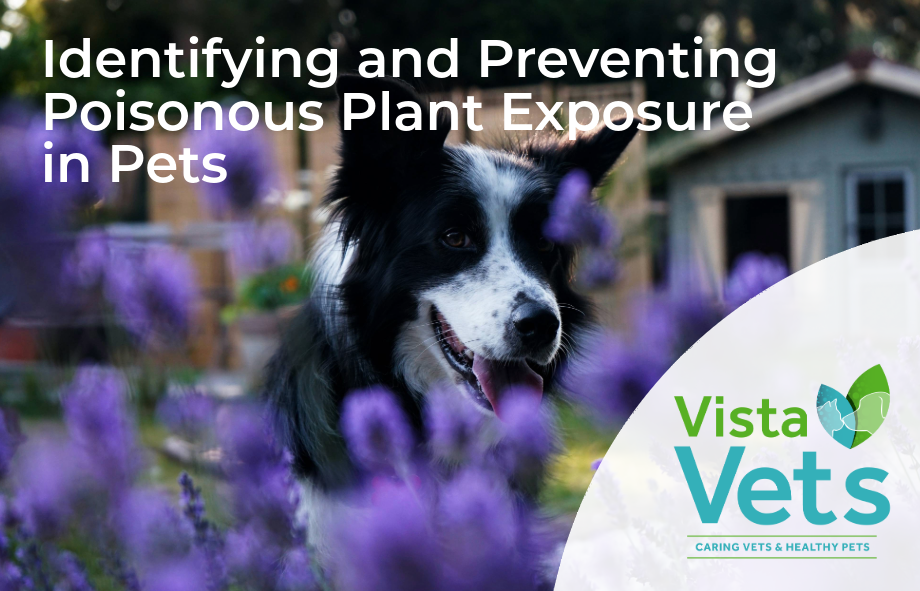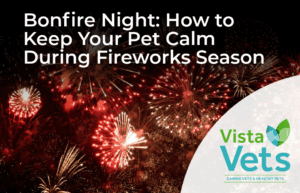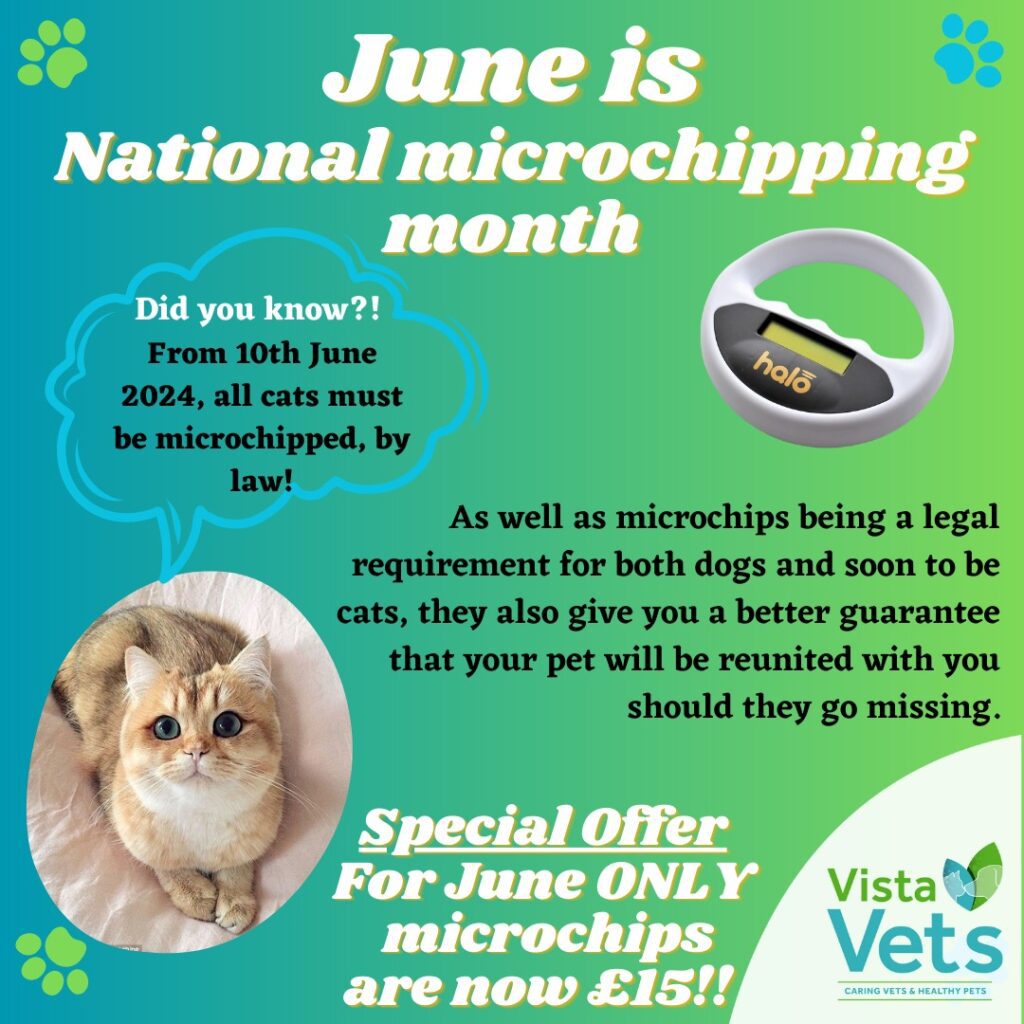While gardens and green spaces are great for our pets to explore, they can also pose hidden dangers in the form of poisonous plants. Many common plants found in the UK can be toxic to pets, causing anything from mild discomfort to severe health issues. In this blog, we’ll discuss how to identify these poisonous plants and offer tips on how to prevent your pets from being exposed to them.
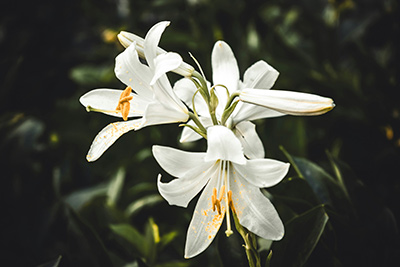
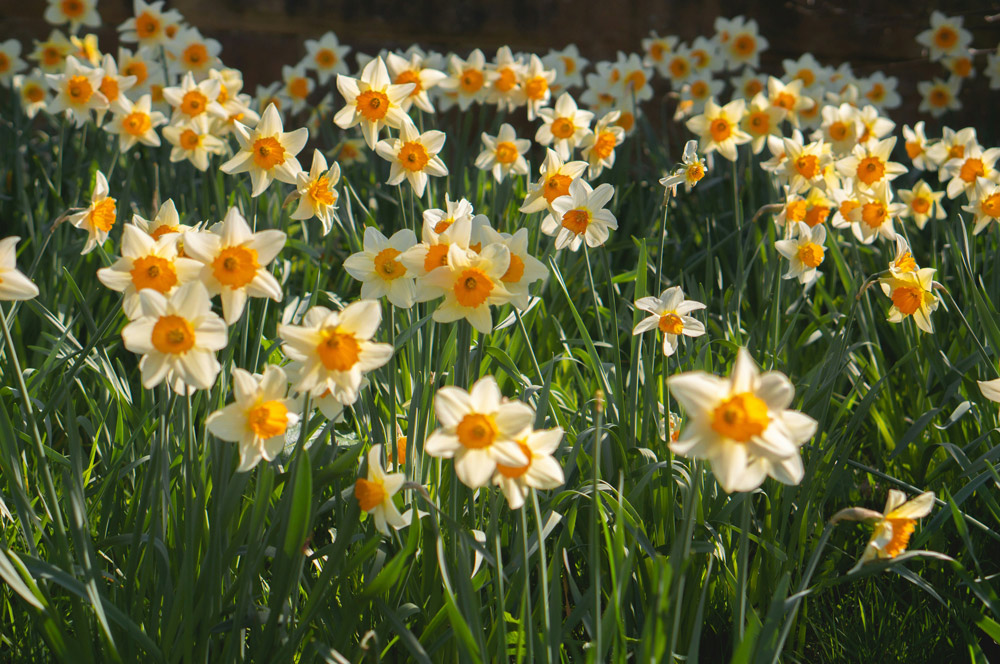
Common Poisonous Plants in the UK
Here are some of the most common plants that can be dangerous to your pets:
- Lilies: These are highly toxic to cats, even in small amounts, causing kidney failure. Dogs are also at risk if they ingest certain types of lilies.
- Daffodils: The bulbs of daffodils are toxic to both dogs and cats, potentially causing vomiting, diarrhoea, and even heart problems.
- Foxgloves: Known for their beautiful bell-shaped flowers, foxgloves are highly toxic and can cause heart problems in pets.
- Rhododendrons: These plants can cause vomiting, drooling, and lethargy if ingested by pets.
- Aloe Vera: While often used for its healing properties in humans, aloe vera is toxic to both cats and dogs, leading to vomiting and lethargy if consumed.
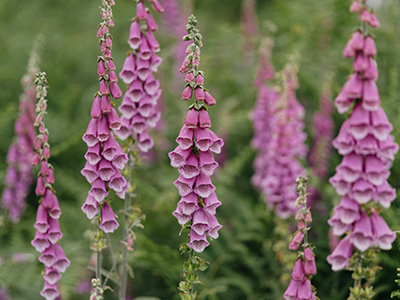
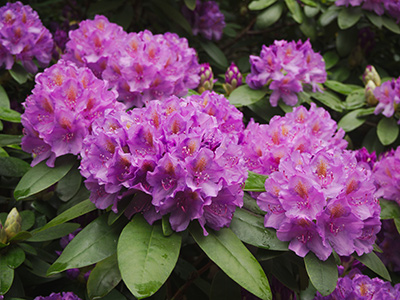
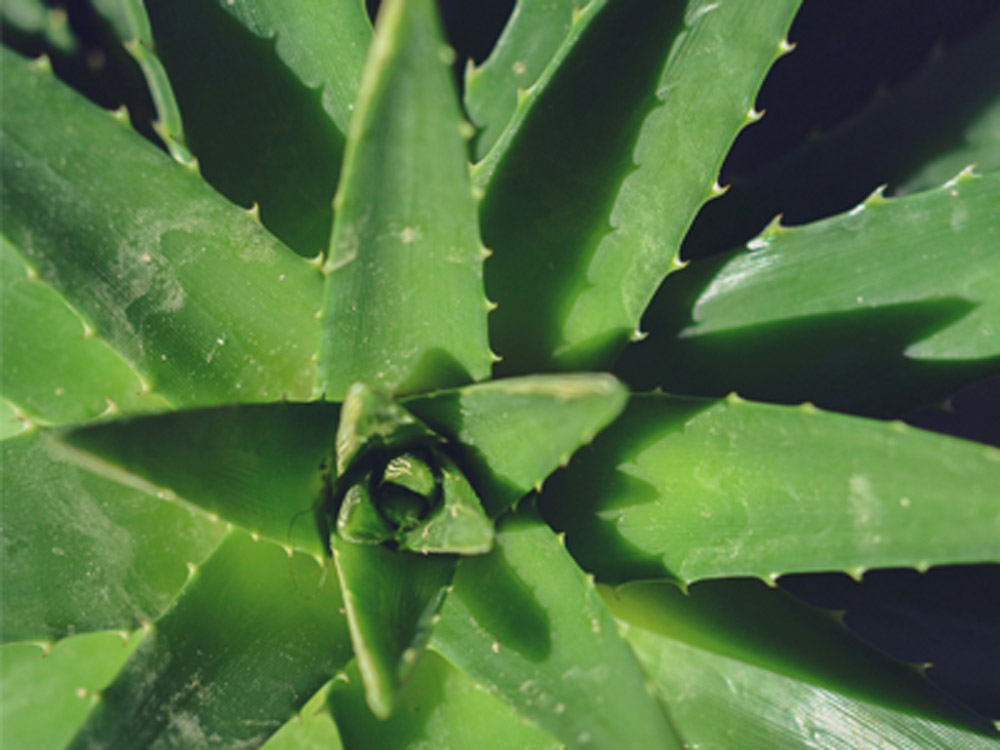
Symptoms of Plant Poisoning in Pets
If your pet has ingested a poisonous plant, early detection is crucial for effective treatment. Look out for the following symptoms:
- Vomiting and diarrhoea
- Drooling or foaming at the mouth
- Lethargy or weakness
- Tremors or seizures
- Difficulty breathing
If you suspect your pet has come into contact with a poisonous plant, contact your vet immediately. Quick action can prevent more severe health issues.
How to Prevent Poisonous Plant Exposure
Here are some practical tips to reduce the risk of your pet being exposed to poisonous plants:
- Choose pet-friendly plants: When landscaping your garden or bringing plants into your home, choose non-toxic options such as lavender, sunflowers, or rosemary, which are safe for pets.
- Monitor outdoor time: Keep a close eye on your pets when they are exploring the garden, especially if you know there are potentially dangerous plants around.
- Create safe play areas: Designate areas in your garden where you only plant non-toxic species, so your pets can explore safely.
- Know what’s growing nearby: Be aware of the plants in public parks and areas where you take your pet for walks. Even if your garden is safe, they could be exposed to toxins elsewhere.
- Store plant-related products safely: Fertilisers and plant foods can also be dangerous if ingested by pets. Keep these stored securely out of reach.
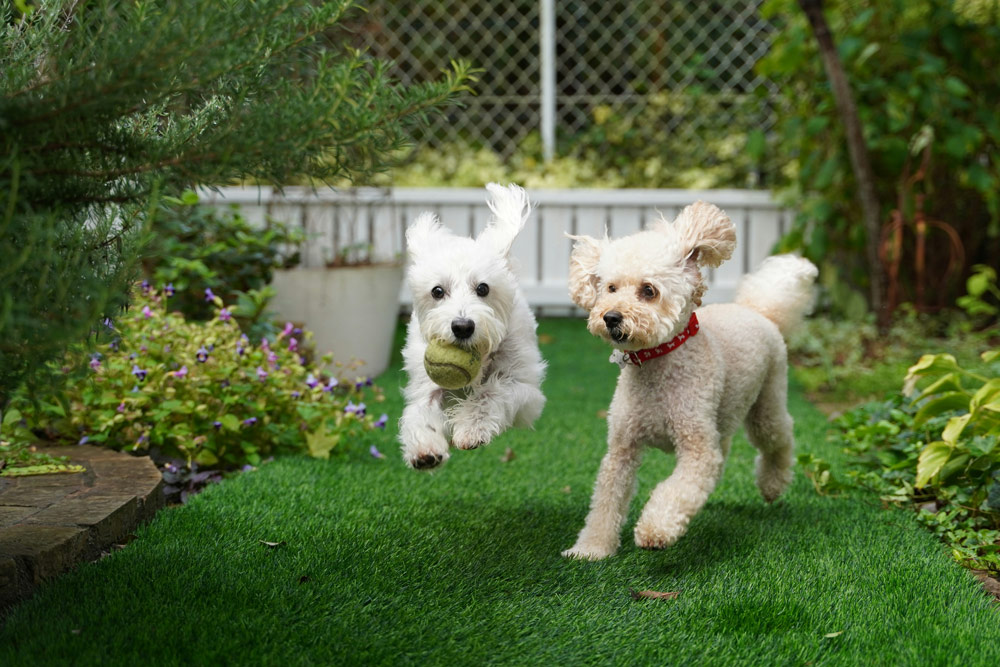
What to Do If Your Pet Is Exposed to Poisonous Plants
If your pet comes into contact with a toxic plant, here’s what you should do:
- Contact your vet immediately: Explain the symptoms and identify the plant if possible, as this will help with treatment.
- Rinse the area: If the plant has come into contact with your pet’s skin or fur, rinse the area thoroughly with water.
- Bring a sample: If possible, bring a sample of the plant to the vet so they can confirm the toxin involved.
Keeping Your Pet Safe with Regular Vet Visits
Our veterinary practice provides expert advice on creating a safe environment for your pets. Regular check-ups through our in-house pet health plan include guidance on preventing exposure to harmful substances like poisonous plants, ensuring your pet remains happy and healthy.
Worried your pet may have come into contact with a toxic plant?
If you think your pet has touched or eaten a harmful plant, or is showing any of the symptoms above, please get in touch with us as soon as possible on 01376 786 732.
